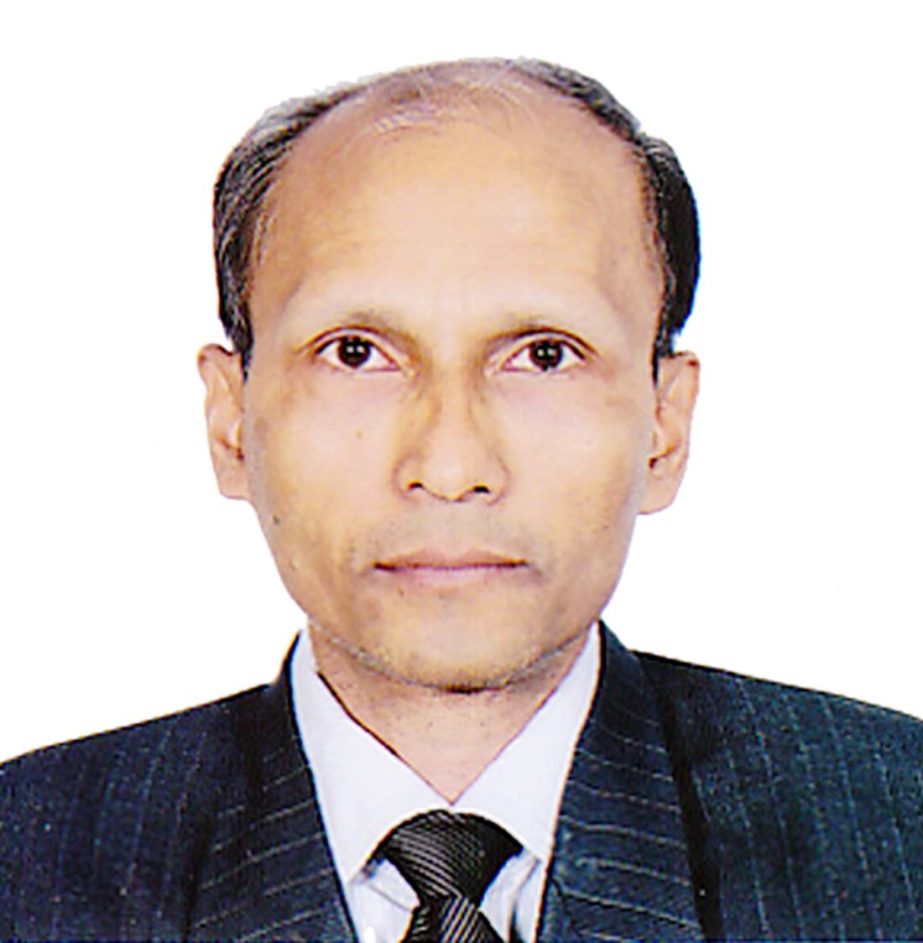
Masum Billah:
The world experiences a high influx of refugees due to war and conflict and at least 100 million people have left their homes to seek refuge either within or outside the border of their homelands making naked the hollow civilisation we take pride in. UNCHR reported in June 2020 that 79.5 million people had been forcibly displaced worldwide due to violence, conflict, persecution and the violation of human rights. 40 per cent children below the age of 18 constitute forcibly displaced population in the world whose enrollment in primary education is 77 per cent but in the secondary it sees drastically changed figure which is 31 per cent and in higher education it registers extremely poor with 3 per cent only.
Since 1978 around 1.2 million Rohingyas from Myanmar have fled to Bangladesh as refugees. The most recent influx of 2017 has resulted in nearly 742000 Rohingya reaching Bangladesh. Currently around 912000 Rohingya are living in two registered refugee camps as well as in the makeshift settlements around Cox’s Bazar. In the Rohingya refugee community, around 683000 are children. Some NGOs give them religious education with two objectives – religious education gives Islamic knowledge and discipline and creating job opportunities for Rohingya refugee children in future. However, 280000 children aged 4 to 14 are getting emergency education provided by the overall education sectors of refugee education in Cox’s Bazar. The Rakhine-Rohingya conflict started in the World War II. The Rohingya took part alongside the British in WWII while the Buddhist people took the side of the axis power Japan. Following this decision, with the help of Thakin’s party, ultranationalist Buddhist of Myanmar imposed severe communal violence on Rohingyas.
Japan took control of Akyab on 23 March 1942 and many British soldiers, Karen and others had died by the bombing of the Japan Air Force. The British soldiers fled away on seeing the Japanese entering Burma. As consequences, the local Buddhists and the Burmese Independent Army created communal attacks on the Rohingyas that killed about 100000 Rohingyas. When the government denied the citizenship of Rohingya people many government public schools in Rakhine witnessed closure shutting the door of education for Rohingya children. They had only option to go to Madrasa for education which could not equip them to face the challenges they embrace. Myanmar schools teach children five pillars of the country—farmers, workers, students, monks and military. 90 percent people in Myanamr are Buddhist while only 3.9 per cent are Muslims who have 1200 mosques in Rakhine out of total 2500 mosques in Myanmar. Myanmar Government is trying to cut the number of mosques and madrasa and take control of Islamic education.
The government of Bangladesh allowed Rohingya refugee children to have access to primary and kindergarten schooling in two registered camps since 1997. Secondary level education was also initiated after 2007 and Rohingya children were allowed to enroll at grade seven. Overall, 21 primary schools and 2 secondary schools have been established in two registered camps: 11 in Nayapara and 10 in Kutupalong. The government permitted INGOs and NGOs to use ‘Minimum Standards for Education in Emergencies’ to provide emergency education to Rohingya refugee children in the camps and makeshift settlements. The primary emphasis of this emergency education is to offer basic literacy and numeracy for age group of 5- 14 years as well as to give psycho-social and recreational support. Emergency education is of three types such as early learning for (5-6) age children, basic learning for (7-10) age group and life skill learning for 11-14 years old group.
UNHCR promises the expansion of education opportunity for the Rohingya refugee children as Bangladesh Government has taken a landmark decision in 2020. For running madrasa education the government does not give any support but children get biscuits, rice, meat, bag, pencil, writing pens and pencils while going to emergency education centers. Emergency Education Centers offer child friendly spaces which help to reduce traumatised behaviour of refugee children in the camps. And really refugee children visit learning centers mainly for enjoyment and pleasure, not for learning. The opposite picture prevails in madrasas as these are not child-friendly for refuge children. These spaces do not have an option for children to enjoy such as playing, dancing and singing songs. As a result, those children who have attended religious education are still traumatized. Sometimes, they become violent with their friends and classrooms.
The rightful and durable solution to repatriate these children in their home countries, or at least they can be integrated into host countries, if possible. The policy makers of the states concerned and the global leaders must adopt the durable solution to the refugee problem along with ensuring proper education for the refugee children.
(Masum Billah works for BRAC Education and President- English Teachers’ Association of Bangaldesh ( ETAB). Email: [email protected])

